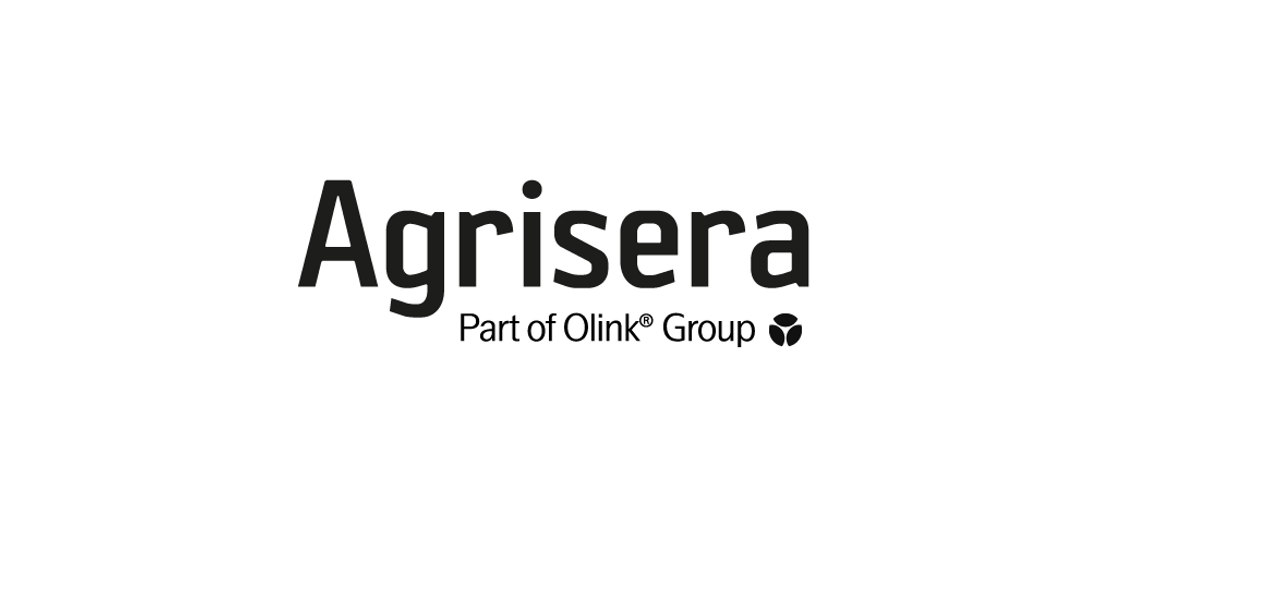Product Description
TIP2;1 (delta) | Delta-VM23 | AS09 494 | Agrisera
Immunogen: KLH-synthetic peptide conserved in Raphanus sativus TIP2;1 (delta) O82142
Host: Rabbit
Conjugation: N/A
Clonality: Polyclonal
Isotype: N/A
Purity: Serum
Format: Lyophilized
Tested Application: ELISA (ELISA), Western blot (WB)
Related Products: collection of antibodies to tonoplast proteins AS09 492 | Anti-TIP1;1, TIP1;2 | tonoplast intrinistic protein 1-1, 1-2 (gamma), rabbit antibodiesAS09 493 | Anti-TIP1;1, TIP1;2 | tonoplast intrinistic protein 1-1, 1-2 (gamma), rabbit antibodiesAS09 510 | Anti-TIP2;1 | tonoplast intrinistic protein 2-1, rabbit antibodiesAS09 511 | Anti-TIP2;2 | tonoplast intrinistic protein 2-2 (C-terminal), rabbit antibodiesPlant protein extraction buffer
Recommended Dilutions: 1 : 8000 (ELISA), 1 : 1000 (WB)
Molecular weight: 24, 9 | 23 kDa
Confirmed Reactivity: Raphanus sativus
Predicted Reactivity: Raphanus sativus
Not reactive in: Arabidopsis thaliana, Pisum sativum
Additional Information: Protein or membrane sample should be treated at 70°C for 10 min before loading on the gel.Diluted antibody solution can be used 2 to 3 times within one month if it contains 0.1 % sodium azide as preservative and is stored at -20ºC to -80ºC.Triton X-100 should not be included in the protein extraction buffer, when cell organelles or membrane proteins must be separated from soluble proteins. Because, Triton X breaks membrane structure and solubilizes most membranes proteins. Furthermore, it should be noted that Triton X at high concentrations binds SDS and mask the detergent effect of SDS for SDS-PAGE. Also, micelles of Triton X behave as a large complex with molecular mass of 90 kDa at high concentrations in SDS-PAGE.
Background: TIPs belong to MIP/aquaporin protein family. Alternative name of radish TIP2;1 (delata) is delta-VM23.
Reconstitution: For reconstitution add 100 µl of sterile water
Storage: Store lyophilized/reconstituted at -20°C; make aliquots to avoid repeated freeze-thaw cycles. Please remember to spin the tubes briefly prior to opening them to avoid any losses that might occur from material adhering to the cap or sides of the tube.
TAIR Nnumbre: N/A
Category: Vacuolar membrane
Research Area: Plant Biology
 Euro
Euro
 USD
USD
 British Pound
British Pound
 NULL
NULL








